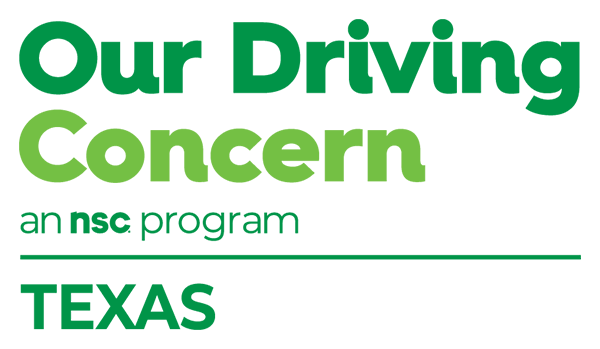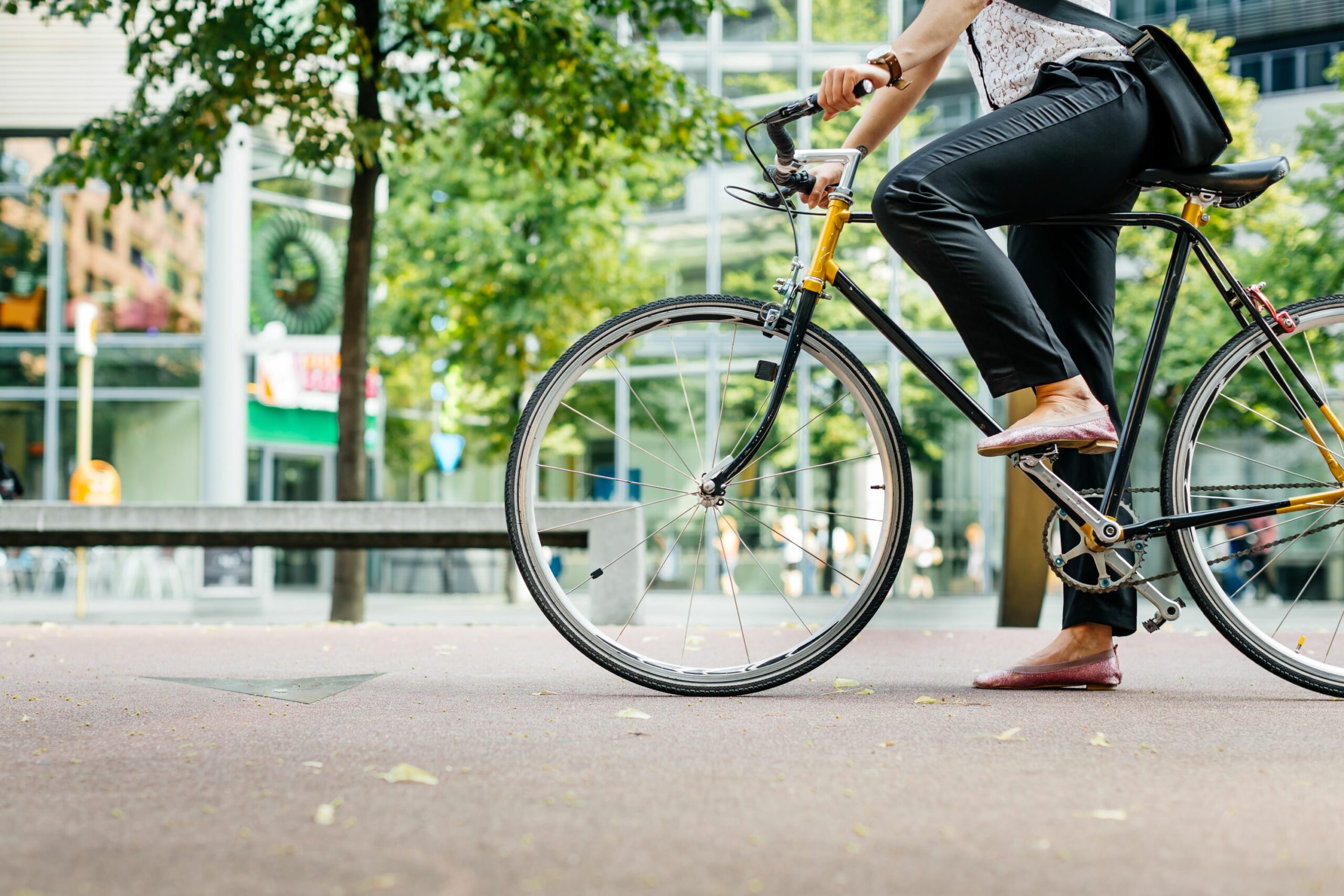Safety Coach
Ride this Wave
You’re invited: Help us create safer roads for everyone during National Bicycle Safety Month in May. In the U.S., this safety observance first was created in the 1950s as a reminder the roads grow increasingly more crowded with walkers, bicyclists and motorists at this time of year. And it’s always a good time to put safety first!
Share these tips from the Texas Department of Transportation as a way to engage everyone on your team:
Tips to Stay Safe While Riding
- Stay alert (put away electronic devices)
- Pay attention to lane markers
- Use proper hand signals when turning
Tips for Drivers
- Drive distraction-free (silence your phone and set your GPS device before you depart)
- Be on the lookout for cyclists, especially at intersections
- Give bicyclists plenty room when passing – move to another lane if possible
Download this guide and use it to lead a bicycle safety education session: Texas Guide to Safe Bicycling.
Across the country, the number of people killed in bicycle crash incidents has increased 37% in the last 10 years, according to the National Safety Council. More people than ever are riding to work or riding for exercise and pleasure, and more people typically are injured during the spring and summer months than at any other time of the year.
Teach Technique
Everyone on your team can help keep bicycle riders safe by learning the far-hand reach. It’s a simple technique that can help prevent drivers and passengers alike from opening vehicle doors in front of an oncoming bicyclist, on the street and in parking lots.
Learn how it’s done and share this video: Bicycle Safety and the Far-Hand Reach.
One More Idea
Challenge your employees and their family members to participate in a bike riding event this month, or create and host an event of your own.
Offer incentives to encourage participation and tie rewards to total miles accumulated while riding and safety topics discussed, like the proper use of bicycle helmets. Download this file from the National Highway Traffic Safety Administration: Fitting Your Bike Helmet.
Let’s make safety like riding a bike.

Tailgate Talk
Building Blocks
More children have died in hot cars in Texas than any other U.S. state, according to research from Jan Null, a certified consulting meteorologist and adjunct professor at San Jose State University. Null publishes his research on noheatstroke.org.
What does the workplace have to do with hot car incidents? What can you do to keep your employees and their loved ones safe?
Nearly one-quarter of hot car deaths involving children occur in workplace parking lots, for example at daycare centers, big-box stores and corporate office locations. How? Often a change in a morning drop-off routine or driver distraction leads to a sleeping infant being left in a vehicle. In fact, more than 50% of pediatric vehicular heatstroke cases involve a forgotten child, according to data tracked by Null since the late 1990s.
Here’s how you can help lead positive change. Educate yourself and everyone you know with an online course from the National Safety Council: Children in Hot Cars. This free training takes about 15 minutes to complete and is available in English and Spanish. The course has practical applications for all of your employees, particularly parents and caregivers, and also is intended for use in a variety of other circumstances:
- As a prerequisite course in car seat distribution programs
- As introductory training for people interested in becoming Child Passenger Safety Technicians
- As organizational training for people transporting children
- As staff training for healthcare providers and first responders
- As diversionary training for child passenger safety law violators
Group delivery allows administrators to enroll students and monitor their progress. To set up a group, complete this Group Delivery of Courses Request Form.
National Heatstroke Awareness Day is May 1. Make plans now to participate. Let us help. Download and share items from our ready-made Parking Lots, Hot Cars and Distraction safety toolkit, including:
- A colorful double-sided infographic
- A “mini-zine” that includes key facts on parking lot distraction and hot cars (watch this short video and learn how to use this free collateral piece)
- Safety Coach cards (including 16 that address parking lot distraction and hot cars)
Get more free resources, information and supporting documents to assist your work in heatstroke prevention from the National Safety Council and its partner agencies. Two things to remember:
- Children are more vulnerable to heatstroke
- Hot car deaths are preventable
Use these resources. Your awareness and being in a position to share this information just might save the life of a child.

